2 Years On – B4RN Connect 1000+ Lancashire Homes to FTTH Broadband
It’s officially a shade over two years since the community built and funded B4RN (Broadband for the Rural North) project first put shovels to the ground and began building their own 1000Mbps capable fibre optic broadband network to connect remote parts of rural Lancashire (England). But with over 1,000 premises now live, there’s still plenty more to come.
Ask any one of B4RN’s many volunteers whether it’s easy to do what they’re doing, with virtually zero support from the local county council, and most will probably say no. Many long, wet, windy and cold snowy days have been spent cutting trenches through fields, upturning private gardens, digging under roads and wading through some very muddy terrain.
But all that hard work isn’t without its reward and those who have helped to support the project, be it financially or through the commitment of time and energy, ultimately benefit by being able to get online via a blisteringly fast Fibre-to-the-Home (FTTH/P) network. Very few people can receive something like that, even in some of the best developed parts of the UK.
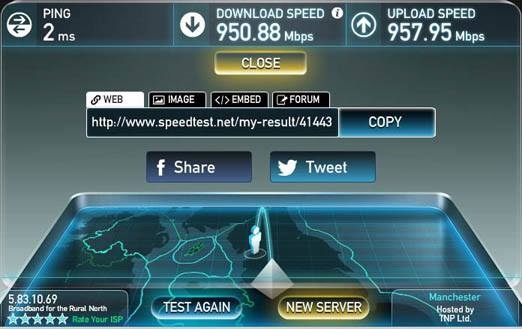
In fact the project has been so successful that they’ve managed to put the service within reach of well over 1,500 premises (it might actually be over 3,000, but it’s difficult to gauge “premises passed” with a project like B4RN), with 1,000+ now actively using the service and new homes going live at a rate of 80-90 each month.
In terms of uptake, the average sits at around 67% on the built routes and a fair few communities have effectively hit 90-100%. Most rival operators would kill for figures like that. It’s worth noting that standard customers pay just £30 per month for the ‘up to’ 1000Mbps unlimited service and there’s also a one-off connection fee of £150.
Barry Forde, B4RN’s CEO, told ISPreview.co.uk:
“Interestingly we originally estimated our build cost at about £1K per property. It’s beginning to look like this is going to be closer to £750-£800, which is pretty well in line with Virgin’s £3bn to do 4 million homes in urban areas. So contrary to BT and everyone else’s assertions that rural broadband isn’t affordable, we are finding that it is and isn’t really much different to the urban rollout cost.”
Suffice to say that B4RN has come a long way since it first raised £750k between 2011 and 2012 to build the core network. According to Forde, the operator has raised £1.25 million via shares and another £1.25 million via loans (5 or 10 year) from the community and social lenders. Crucially the project is now self-sufficient and able to cover all the running costs, as well as pay 7 full time staff (currently it has 4 full time and 2 part time employees; but more could be added this summer).
At one point B4RN had hoped to secure some public funding (£875k) from the RCBF in order to help expand its network at a faster pace, although that’s never easy when your local authority isn’t especially accommodating and prefers to focus on working solely with BT (the Dolphinholme example).
Never the less B4RN is generating surplus cash and starting to put that towards paying back their loans and investments, as well as network expansion. But it’s slower going and means that they have to take an increasingly demand focused approach. Luckily there’s no shortage of interest.
Barry Forde continued:
“Our challenge is managing the demand from new parishes wishing to join. Our patch has now grown to include parts of North Yorkshire as well as South Cumbria. Whenever we do a parish it always triggers interest from the next one and they form a group to pick up the challenge.
Our model is that if a parish feels they can raise the cash for the build then we will do the design and provide the support for them. There is usually a parish meeting and we present them with the material and labour costs to do the parish. They then have to commit to raising the material cash and/or digging costs depending on how they want to work it.
Some parishes are cash-rich time-poor and get people to buy enough shares to cover the costs, including paying contractors to dig it. Other parishes are cash-poor time-rich and get members of the community to agree to do all the digging and accept shares for the work done. Either way each new parish is self-funding and has to setup its own volunteer/coordinating group to do the business. That seems to work very well.
Our only problem is the central effort needed to do the designs and mentor the volunteers though the practicalities of how to dig in duct.”
As it stands B4RN anticipates being able to pay back all of their investments within 10-12 years (this is in keeping with their original plan), possibly sooner, and going forward they expect the FTTP network’s footprint to reach about 10,000 properties (based on currently active parishes). Impressive for what is fast becoming the ultimate community project.
The following vertical 3D map shows very roughly which areas B4RN are currently focused upon. The light green line represents county borders, with Cumbria to the north and Yorkshire to the right.

Clearly B4RN’s best strength is something that most of the bigger operators would struggle to compete with; community engagement. This acts as a powerful natural incentive for encouraging volunteers to connect with their service and few are ever disappointed.
Such community engagement has been particularly vital in helping to fight off the unwelcome advances of rival infrastructure by BT, which is more often than not being controversially supported by public funding. But B4RN’s uptake in such areas of conflict appears to be increasingly strong.
In an ideal world state aid, when managed through a common sense approach, would only be spent in areas that actually need it and not used to harm competition. On the flip side having two fibre optic infrastructure providers deploy down your street is a wonderful thing for consumers.
Barry Forde said:
“The biggest problem for us has been our [Local Authority’s] total lack of willingness to support or work with us. That cost us the [Rural Community Broadband Funding] as well as previous [Rural Development Programme for England] money. They continue to be totally unhelpful and hence we just try and ignore them as far as possible.”
In practical terms B4RN’s deployment has also faced other challenges, such as the tricky work of crossing roads (directional drilling) and the nightmare of trying to move or store massive reels of fibre optic cable duct. Admittedly a 16mm duct doesn’t seem like much, but stick a kilometres worth of it on a reel and that becomes huge. Now times that by another 40 reels, plus all the other stuff required, and you suddenly need plenty of storage space.
A more common issue is the fact that not everybody can take advantage of the full 1000Mbps connection, even when the service itself is working perfectly. More often than not this can be due to home WiFi networks, the vast majority of which will struggle to push B4RN’s kind of connectivity unless you’re almost literally sitting on top of the router.
B4RN claims that some 99% of their fault reports are caused by problems like the ones above and thus a lot of effort goes into helping customers to update their kit and understand that the limit is not with their Internet connection. Even many of the latest 802.11ac equipped WiFi routers can struggle to deliver a full 1000Mbps connection, especially when moving away from the router.
However, despite all these challenges, B4RN is thriving and offers proof that a community focused model can, in the right hands, do an incredibly impressive job of delivering ultrafast broadband to some of the remotest parts of England. Long may it continue. Happy 2nd Anniversary B4RN!
Mark is a professional technology writer, IT consultant and computer engineer from Dorset (England), he also founded ISPreview in 1999 and enjoys analysing the latest telecoms and broadband developments. Find me on X (Twitter), Mastodon, Facebook and Linkedin.
« Vodafone Moot Monster £120bn Merger with Virgin Media UK Parent
Latest UK ISP News
- FTTP (5515)
- BT (3514)
- Politics (2537)
- Openreach (2297)
- Business (2262)
- Building Digital UK (2244)
- FTTC (2043)
- Mobile Broadband (1973)
- Statistics (1788)
- 4G (1664)
- Virgin Media (1619)
- Ofcom Regulation (1461)
- Fibre Optic (1395)
- Wireless Internet (1389)
- FTTH (1381)
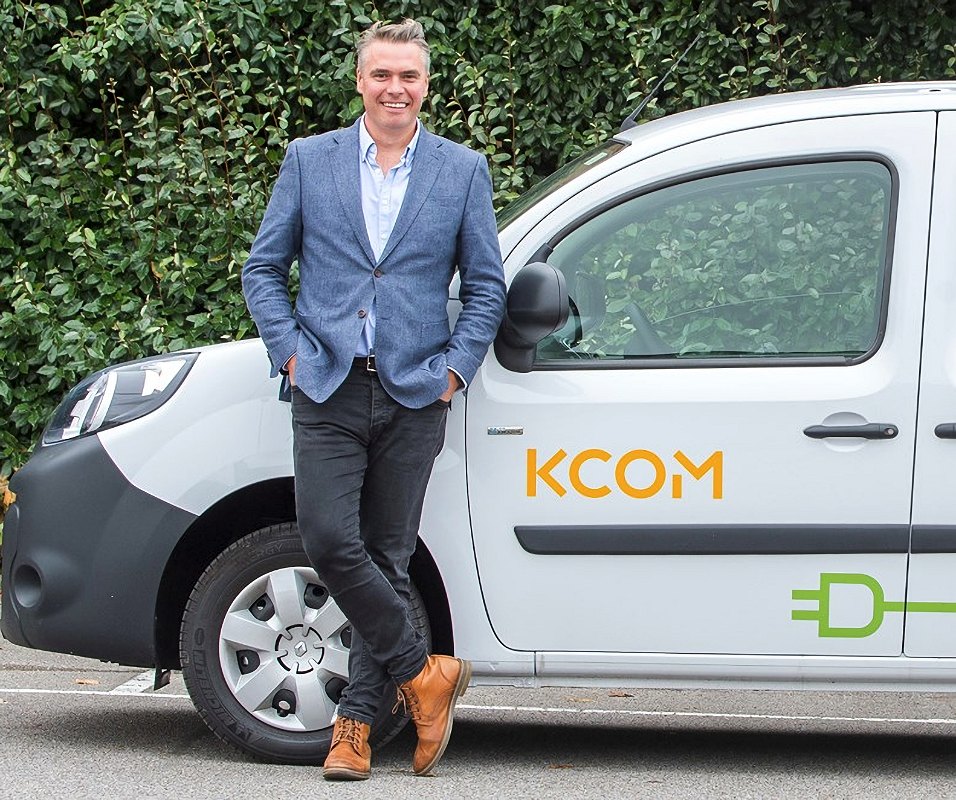

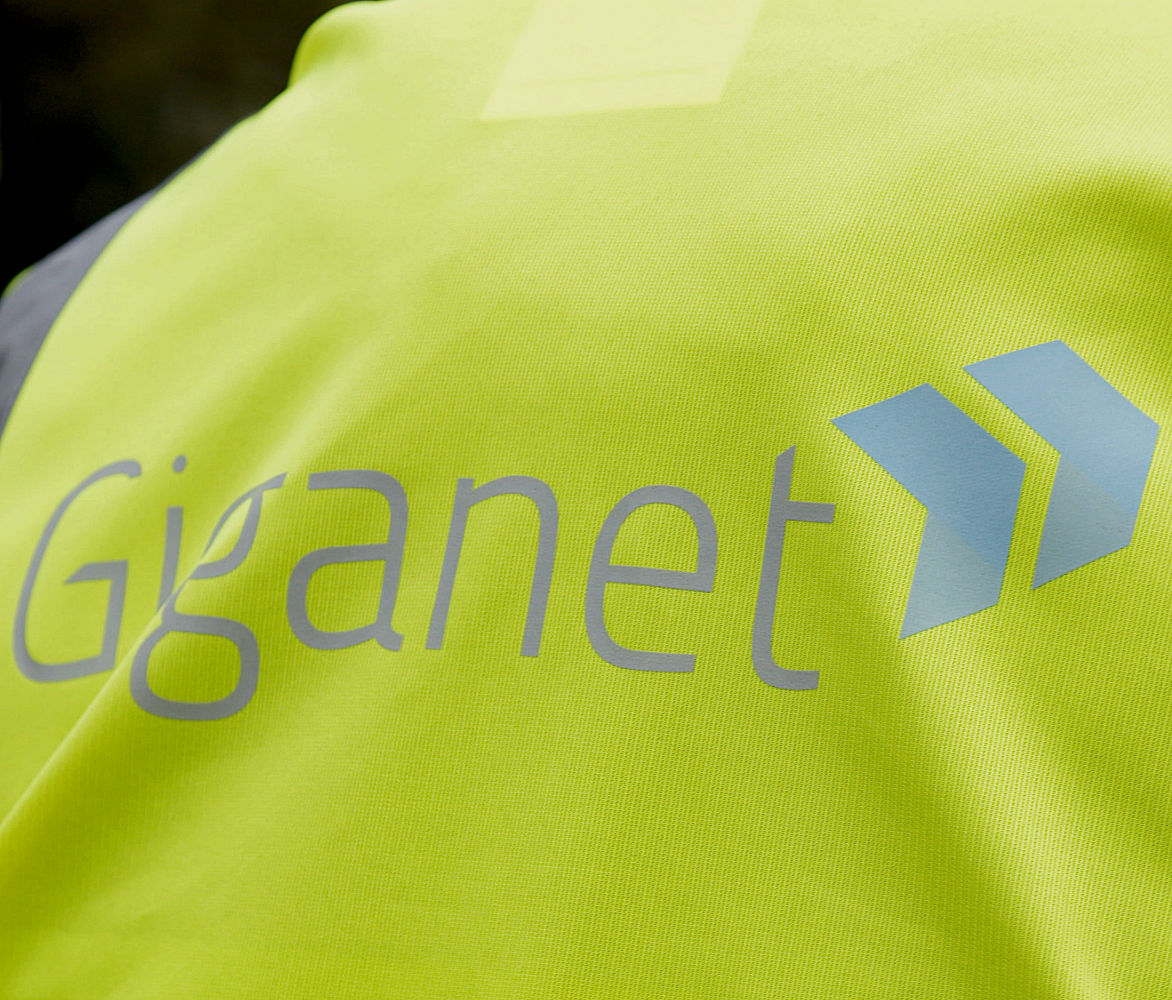

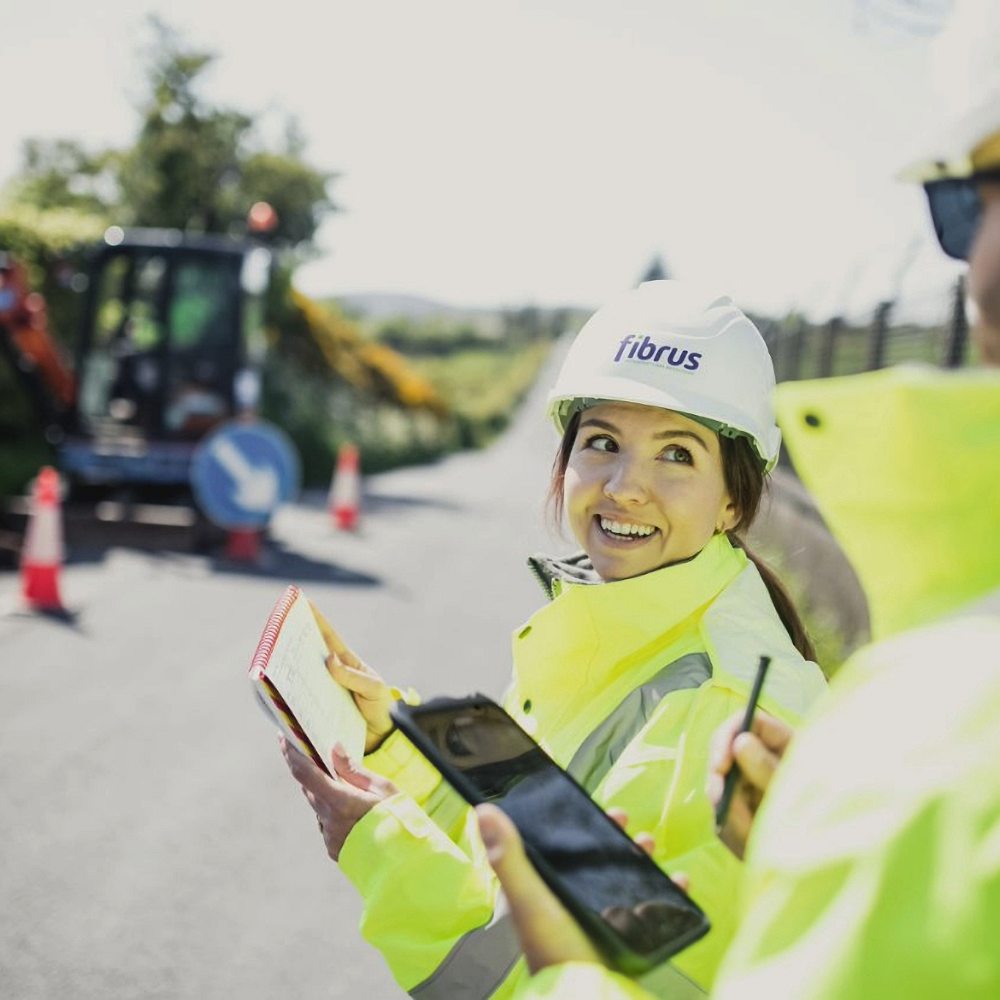

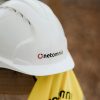










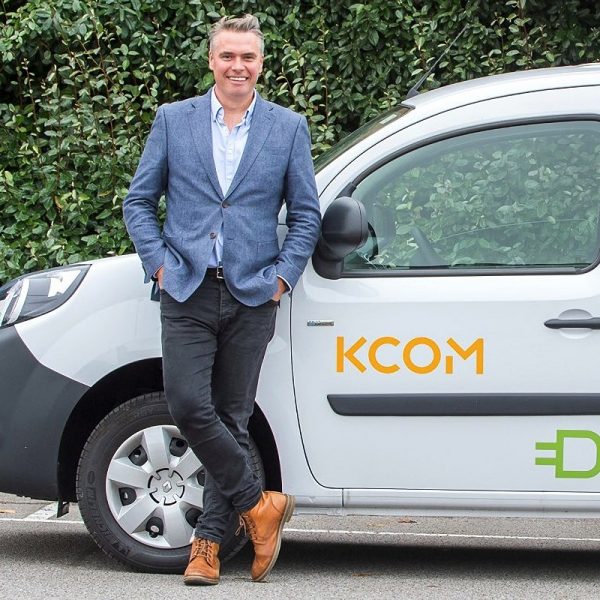
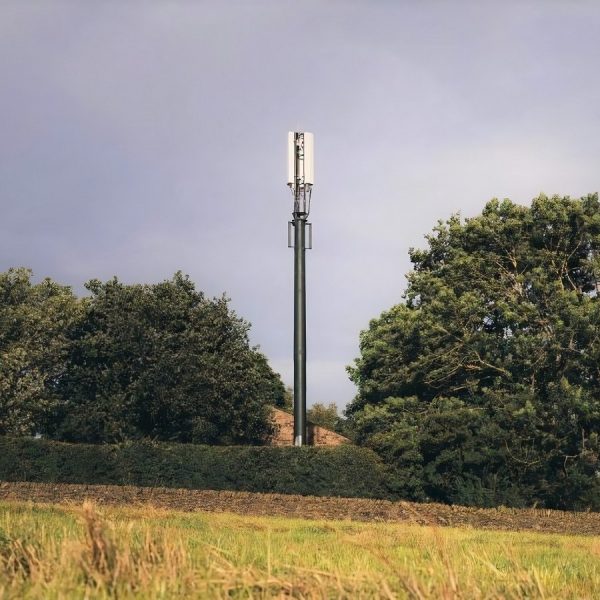
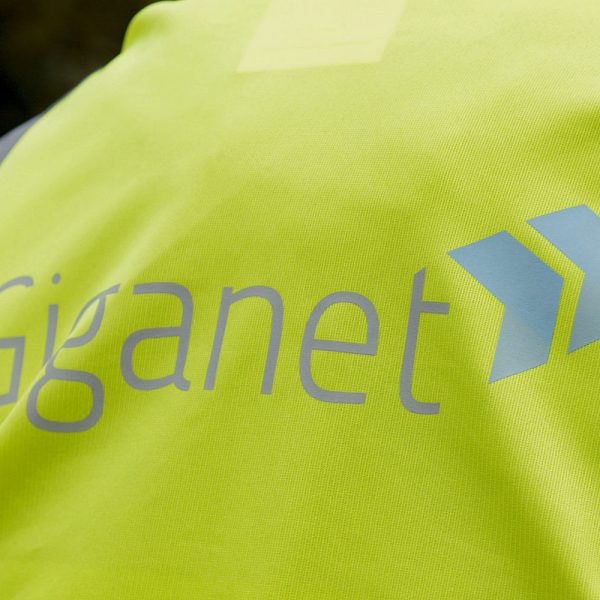




































Comments are closed